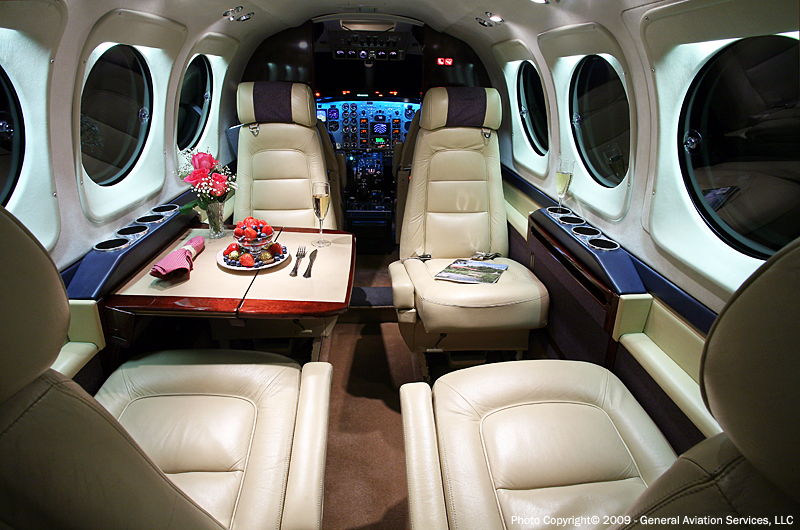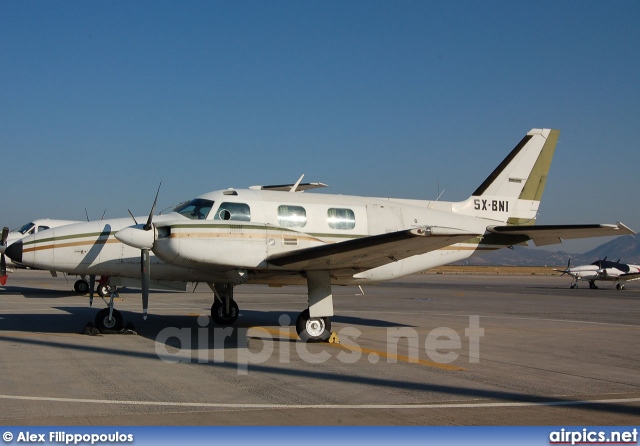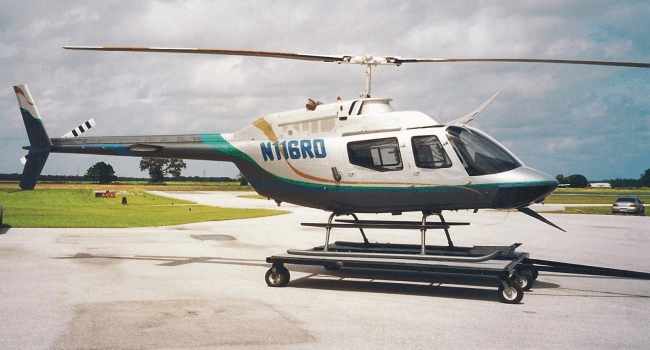While hanging around in a corner drug store in West View, the little suburban town where my folks lived, I saw an interesting looking paperback cover on one of those little circular, rotating book stands. Something about the color scheme grabbed my attention, but the title is what made me pick it up and read all the stuff on the cover, inside and out, including comments from reviews.
The title included a word I thought I had seen before, but was not sure exactly what it meant. Psycho Cybernetics. Cybernetics was the word that caught my attention. It is the study of systems.
I did not know it at the time, but I needed something like this book.
Maxwell Maltz was a plastic surgeon. He noticed that all of his patients did not react the same way to corrective surgery. Some would get a nose job, look in the mirror, be very happy about the change and have a life that was more successful than the one they had been living. Others would look in that mirror and go back to the same self defeating patterns that had made them unhappy. Why?
Maltz began to study and concluded that it was because of the self images of the two different types of people. Many people go through life with a low opinion of themselves.
The first book was written in 1960 and may be a little out dated for some people today. I read and reread the heck out of it in the 60s and 70s. I thought some of it was for people who were far more messed up than I was, but there was much in it that I found helpful in dealing with the internal challenges of building my aviation career.
You know, these kinds of books always give examples to make a point, so let me use a few. Dr. Maltz talked about how people worry about upcoming challenges. They roll the situation over and over in their minds, trying to contemplate all the things that can go wrong. He said that this is negative programming of the mind and attitude. You are practicing failure in your mind.
He talked about studies that showed that your imagination can create very nearly the same kinds of reactions in your body as similar, real experiences. Therefore, by constantly reviewing potential failure, you are experiencing all the mental and physical aspects of real failure.
He suggested positive worrying, imagining things going as you would like. Sit down in a quiet place and daydream about how things would go, if they went as you wanted them to go. Do so in great detail.
This I did. I would start thinking about getting up early in the morning, going through all the routine stuff you do when you have to get ready for work. Brushing my teeth, taking a shower, drying off, getting dressed, all imagined in great detail. I daydreamed my self all the way to the crew room at the airport, where I arrived in my dark blue (of course) uniform, with my big hat with shiny wings. It felt good.
Maltz pointed out that we are like machines in a way, designed for success, which we achieve through failure. He used the example of a missile that is designed to hit an airplane. When it is first launched, it has been assigned the task of hitting an airplane. It is launched in the general direction of the plane, up. It has a way of sensing where the airplane is and makes an initial course correction. It continues to monitor the plane. When the plane becomes aware of the missile, it makes a course change. The missile realizes its current course is now a mistake and has to make an adjustment. This failure/correction process continues until the missile strikes the plane. Sometimes it does not strike the plane and another missile is necessary. If the missiles do not have an acceptable rate of success they must be improved. Eventually they gain an acceptable rate of success.
You could make the same analogy for a baseball outfielder chasing down and catching a fly ball or even a pilot flying a visual approach to land. There are tons of algorithms and adjustments going on in the attempt to cause the desired result. We learn and we improve, because of our failures.
This is all basic applied psychology stuff, I just happened to stumble on a book that taught this to me in a way that I could understand and respond to.
It has been decades since I first read that book and many years since I read my way completely through it. Periodically, I will go back and thumb through it and read something that makes me say, "So, that's where I got that from." This book helped me adjust the way I saw and thought about myself and the world in which I was trying to succeed.








:max_bytes(150000):strip_icc()/GettyImages-640490453-d89a3c47b6b740cca7a3ee44c3ee112a.jpg)












